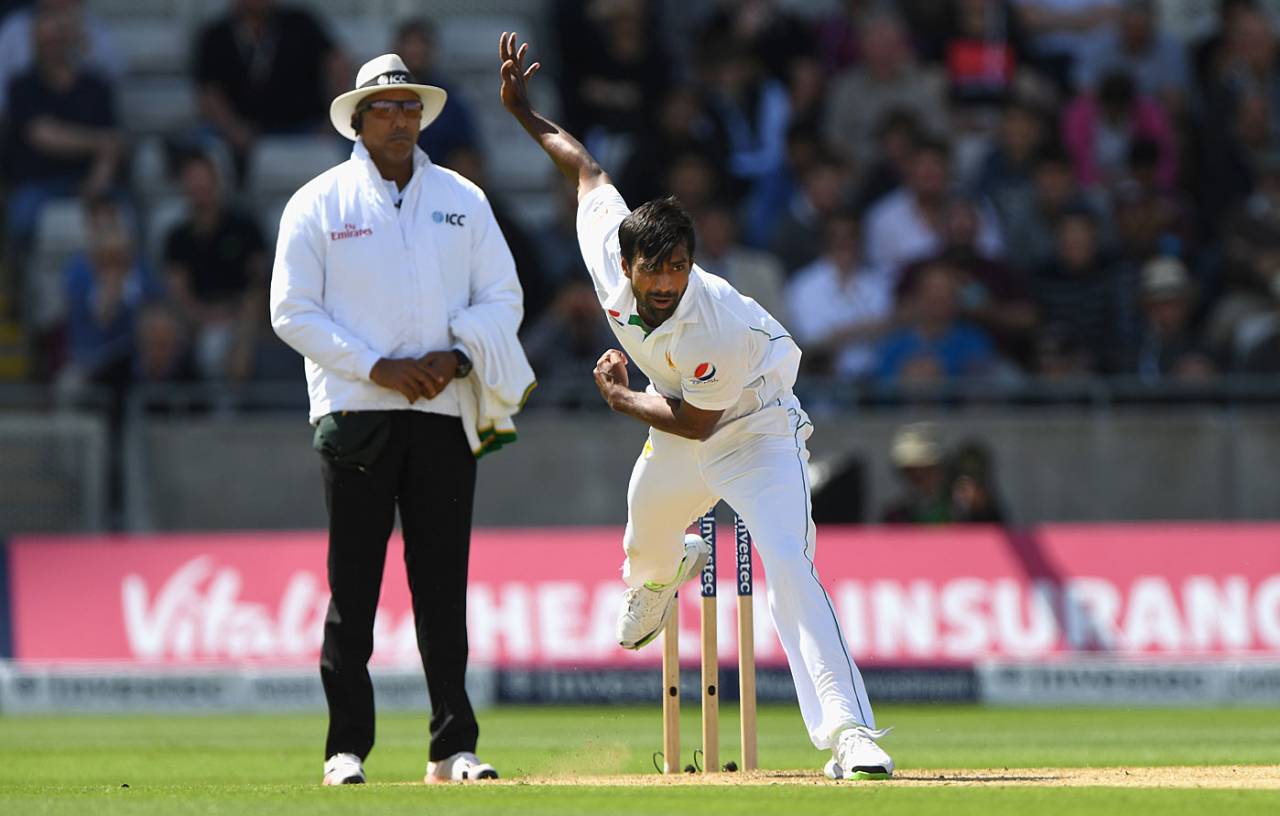Hindustani classical music - the millennia-old premier art form of the subcontinent - is almost impossible to appreciate without understanding its meanings and symbols. For anyone ignorant of that context, the form can be both aesthetically confusing and fundamentally boring.
I began thinking about the subtle difference between something that one person might find boring and another would view as a work of art, while watching the fourth day of the
third Test between England and Pakistan.
Pakistan had taken two quick wickets and were bowling wide of the stumps with a spread field. All over TV and social media, people complained of how boring it was. Could a little context have provided greater appreciation?
Let us return to our analogy. Understanding the context, and purpose, of classical music is almost essential to be able to enjoy it. It has been often posited that Hindustani classical music was developed to embody the concept of time as held in Hinduism: time is understood to be cyclical, not just at the level of days and seasons but also at the level of the universe, with long cycles of change. Cycles are understood to repeat, yet also not be exactly similar to each other.
About seven centuries ago the influence of Sufi Muslim thought on Hindustani classical music began to show. The Sufi musician Hazrat Inayat Khan wrote that "the whole universe is a single mechanism working by the law of rhythm […] cycles of rhythm with major cycles and minor cycles interpenetrating uphold the whole creation in their swing". Musically, then, the idea developed of repeating cycles with subtle changes of rhythm within them serving as a theme of expression for the artist.
In a way, Michael Holding, Shane Warne and perhaps millions of others were subjected to a similar performance at Edgbaston. Both the former bowlers, who were commentating when
Rahat Ali embarked on a series of maidens against Joe Root, were aghast at Pakistan's tactics. To them it seemed like an admission of defeat right when Pakistan looked strongest. The ESPNcricinfo commentary team agreed.
52.4 Rahat Ali to Root, no run, too wide once again, not entirely sure what the tactic is... but Misbah gives his man a big clap for his determined width
Even when Pakistan's "negative" tactics are explained, as Nasser Hussain did in the commentary box right after, they are explained within the framework of pragmatism and conservatism. There is very little understanding of why they do what they do.
Bowl wide and sometimes get one to seam, or to swing, or to roll by innocuously. Like notes in classical music, none of the variations are out of place or without purpose
At the heart of these tactics is the belief that modern batting has changed irrevocably. After almost two decades of neo-liberal Australianism in which Test batting sped up considerably and players started playing shorter formats more often, cricket has come to a precipice. Unlike before, where perhaps a batsman needed a vacant cover to be tempted into a drive, modern batsmen now play shots compulsively, particularly their go-to shots. Even if a fielder is present, they need to play that shot just to feel in control.
The trick, then, is to make them wait for it, and to force them to lash out eventually and make a mistake. So the plan is to repeat cycles of the same bowling line, using subtle changes in length and movement to serve as the rhythm. After a couple of overs of dot-balls, Rahat's changes began to entrap Root.
54.3 Rahat Ali to Root, no run, that's sharp again, a bit of extra nip from a good length, and the angle brings the edge of Root's bat into peril. Gets away with it
54.5 Rahat Ali to Root, no run, good probing line, swinging late, outside off, and Root is lured by this one. The pressure is starting to tell...
54.6 Rahat Ali to Root, no run, that is a very fine over, the fourth maiden in a row, as Root is once again forced to make a decision outside off, and just about keeps his bat out of harm's way
Much like with Hindustani classical music, the appreciation of these variations is not possible if one expects a basic, linear narrative. Ideas recur but in subtly different ways. Bowl wide and sometimes get one to seam, or to swing, or to roll by innocuously. Like notes in classical music, none of the variations are out of place or without purpose. Instead, they keep building, note by note, ball by ball, towards the same cycles, similar yet apart.
My favourite performer in this entire spell was Root, who knew of the trap that was being laid for him, and yet also realised that his only purpose was to play a single note. Eventually he played his part, only for Mohammad Hafeez to destroy the entire spell by failing to hold on to the catch.
It would be unfair to say Pakistan lost the Test due to Hafeez's dropped catch. The poor bowling later that day, and the collapse the day after, were more immediate causes. But that passage of play on day four was the moment that a team that has forged its identity in cricket's backwaters composed its own virtuoso performance. It is an eternal shame that it fell apart right when it was hitting its peak.
Ahmer Naqvi writes on cricket, music, film and pop culture. He appears on Journoeyes and Pace is Pace Yaar. @karachikhatmal
